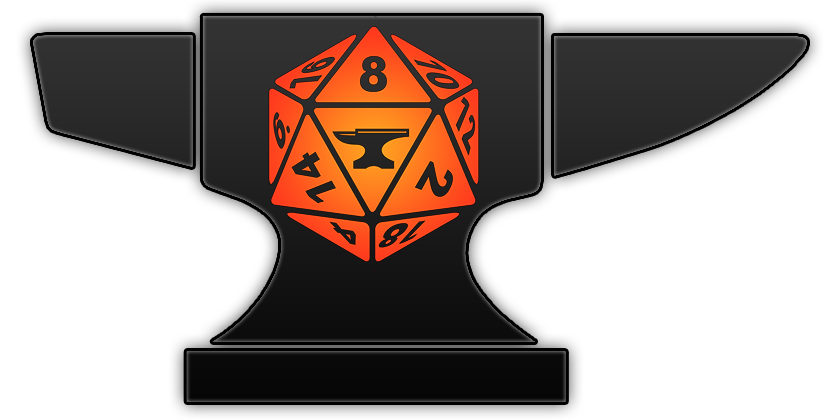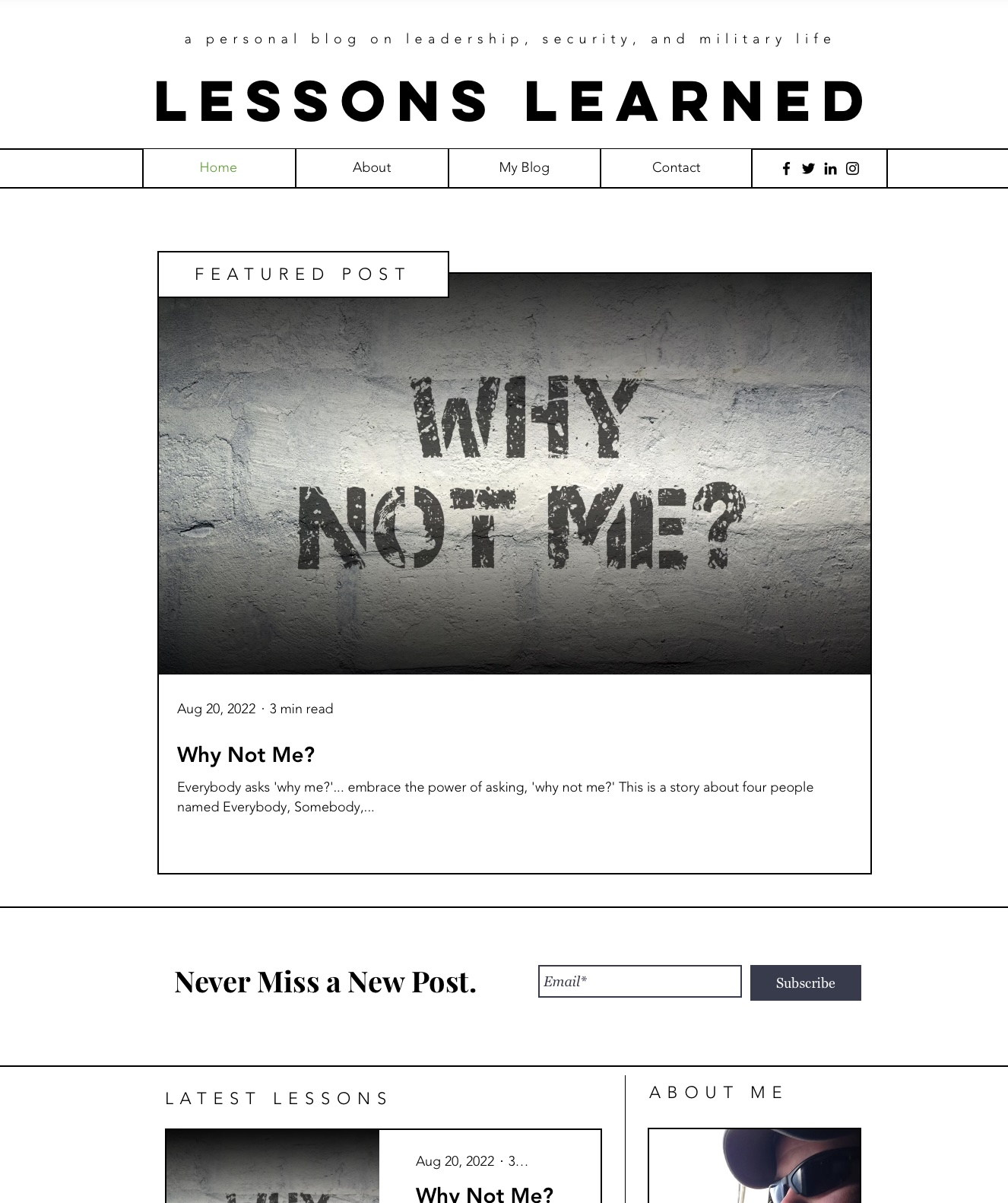Some of the best books are about telling you uncomfortable truths you already know.
The last year has brought a lot of changes across the world, but as an Airman, two of the notable ones have been the selection of the first black Chief of Staff of the Air Force, General Charles CQ Brown, and the first female (and Asian) Chief Master Sergeant of the Air Force, CMSAF JoAnne Bass. Anyone affiliated with the military knows that shortly after selection to such critical positions, it is common for the selectee to release a reading list to give folks key insights into what informs their leadership philosophy and where they want to go next. That both of them immediately highlighted Christian Brose’s 2020 book, The Kill Chain speaks volumes to me in many ways.
Little Green Men and Killer Robots
Brose’s unique experience as a principal advisor to the late Senator John McCain, who notably served as the Chairman of the Senate Armed Services Committee, gives him sharp insight into both political and military considerations regarding our nation’s ability to compete successfully in the next generation of warfare. Good or bad, Brose lifts directly from Colonel (Ret.) John Boyd’s notorious OODA Loop, distilling it down to understand, decide, and act and calling it a kill chain rather than a loop. The result is the same and just as important (if unattributed): modern warfare is a dynamic environment where decision advantage is often more important than the strength of arms.

Brose demonstrates this through a range of examples, including examining Russia’s 2014 advance into Ukraine via the Crimean peninsula. This action exemplified the importance of fully controlling and utilizing modern communication methods to network sensors in the field and shorten the decision-making process. It also showed that such technologies will make keeping such operations secret will not last long, as the organizational identities of those so-called little green men became clear via their own social media feeds filled with geotagged photographs.
By the end of the book, it is clear that Brose is a tremendous advocate of enhancing the Department of Defense’s (DoD) ability to fully realize the capabilities present in emerging technologies in artificial intelligence, advanced networked communications, and machine learning. While he admits that there is considerable philosophical resistance around the world to building machines capable of autonomously killing without human intervention (killer robots), it is also impossible to imagine that our competitors are not building advanced tools capable of just that.
The Machine is Dead; Long Live the Machine

What is important about this book is that it is easy to read, highly accessible to a non-DoD audience, and a stunning indictment of the current military-industrial complex and the stifling political and budgetary processes that feed it. He consistently points out what many service members notice every day: the edge computing and communication capabilities that reside in our pockets and our cars dramatically outpace our day-to-day information technology – let alone our best weapon systems. Put another way, how can we trust that we are ready to compete in the next war if we routinely have issues connecting to rudimentary communication services, such as e-mail? At a certain point in our nation’s history, our technological innovators became jaded with our foreign policy goals and have eschewed offering their best work to the DoD. I look to incredible informational technology powerhouses like Google, Apple, Tesla, Microsoft, and Amazon, and I am shocked at how little of their progress has migrated into the comparatively tiny defense industry.
This brings us back to another important element of the book: who is recommending it. Normally, I expect service chiefs to present the normal range of books focused on leadership along with a splash concentrated on the culture and history of key areas for present or future conflict. The Kill Chain is an interesting choice in that it demonstrates considerable contempt for our present system and a desire to push momentous change, lest we lose the next major conflict. The DoD was once the center of U.S. industrial progress; now it finds itself marginalized at best and completely locked out at worst. That should worry all of us if we are to maintain a favorable balance of power against our strategic competitors, rogue states, or violent non-state actors.
Conclusion
I highly recommend Christian Brose’s The Kill Chain. It is relatively short, highly accessible, and thoroughly well-researched. For many within the DoD, its lessons will feel painfully obvious and at times repetitive. Brose’s key lessons are clear for those struggling against the massive military-industrial complex bureaucracy, yet may feel painful for those fully (and often personally) invested with the current way of doing business. As General Brown has rightly articulated, we must accelerate change or lose. This book provides vital insight into what he means by that statement and the role each of us – service members and citizens alike – must take in it to see another American century.



